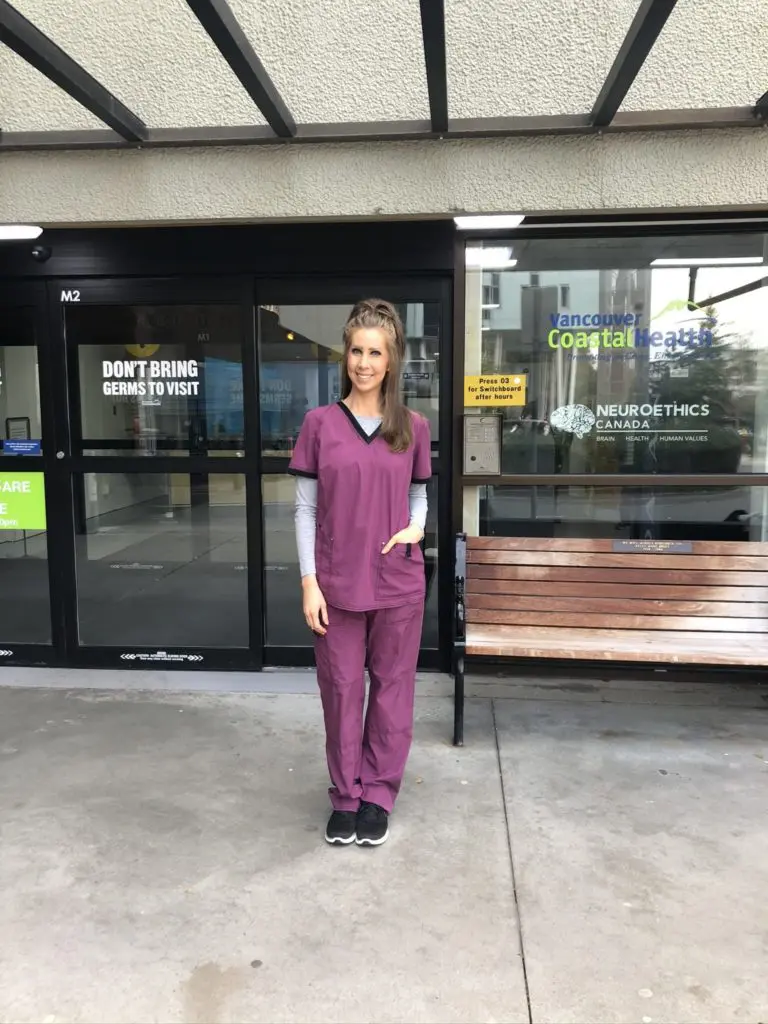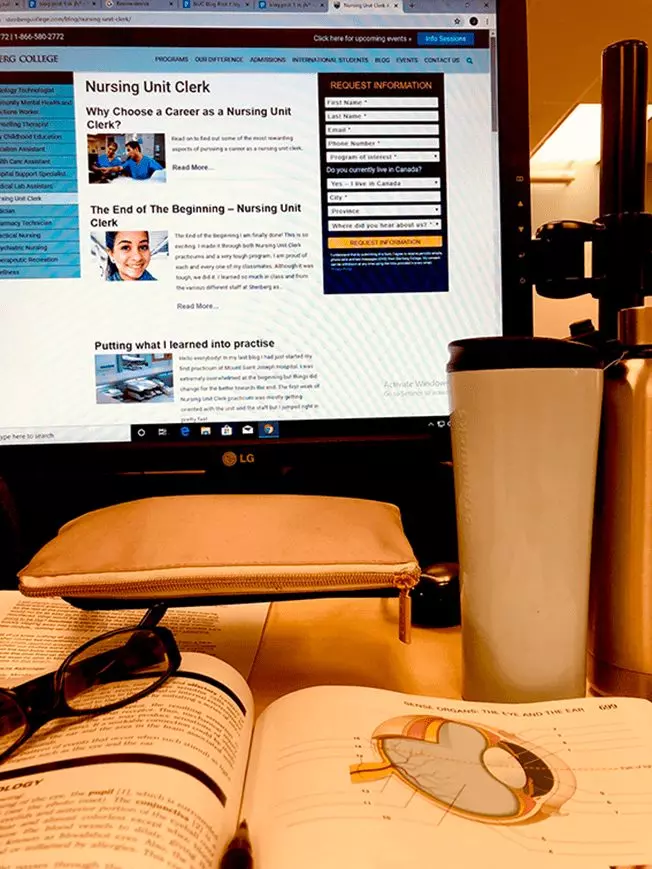Hello future/present Stenberg-ers,
It has been a crazy last month. The most recent chapter we have finished was Admissions, Transfers, and Discharges (or to us Nursing Unit students “ATD” for short). This was a lot different than what I had expected. Although of course it is known that all hospital patients must be admitted and discharged, I had not known how much goes into the process. Through out this course we learned all the different ways a patient can be admitted, discharged, and transferred (as you can imagine it is more complicated than just walking in and out of the hospital). A lot of information and papers are involved during a patients stay, whether it is two hours (unheard of) or two months. The nice thing about this unit was that there were a lot of check lists. Unlike some of the previous units the exam didn’t come down to straight memorization and required more thinking and common sense. I like this because I am weaker in memorization, but I like to put my critical thinking skills to test. There is still of course a lot of content to remember and reading involved, but it all adds up in the end.
What might surprise you about taking ATD is that there are many different ways a patient moves around, and they all require different (but similar) paperwork. For example, a patient being transferred within your hospital (such as from emergency to intensive care) requires different paperwork than when a patient is transferred into your hospital (from one hospital to another). When admitting a patient it is required that you know there allergies, emergency contact, and there admitting diagnosis. These are the big three when any patient enters the hospital, along with their basic information, of course.
We also learned about really important pieces of information that are essential to the hospital during a patients hospital stay. These are the Kardex, the Patient Profile and the Medication Administration Record (MAR). The Kardex is a disposable, cardboard paper that has all the patients information on it. The allergies are recorded in red and the rest in black ink and pencil. This piece of patient information is re-used and required the use of pencil because things can change during the patients stay, such as their diet, room number, or IV solutions. The Kardex and the Medication Administration Record are both part of the Nursing unit Clerk’s responsibility. The unit I am currently taking, Medication Order Transcription (or MOT), requires that we know how to record information on to the Kardex and MAR. This is part of the MOT evaluation, so it is incredibly important that we learned the contents of the MAR and the Kardex back in Admissions, Transfers, and Discharges. Admissions, Transfers, and Discharges was a good learning unit and was great for applying information from past units and adding them all together.
Are you interested in pursuing Nursing Unit Clerk career? Visit Stenberg to learn more, or to speak with an advisor.









